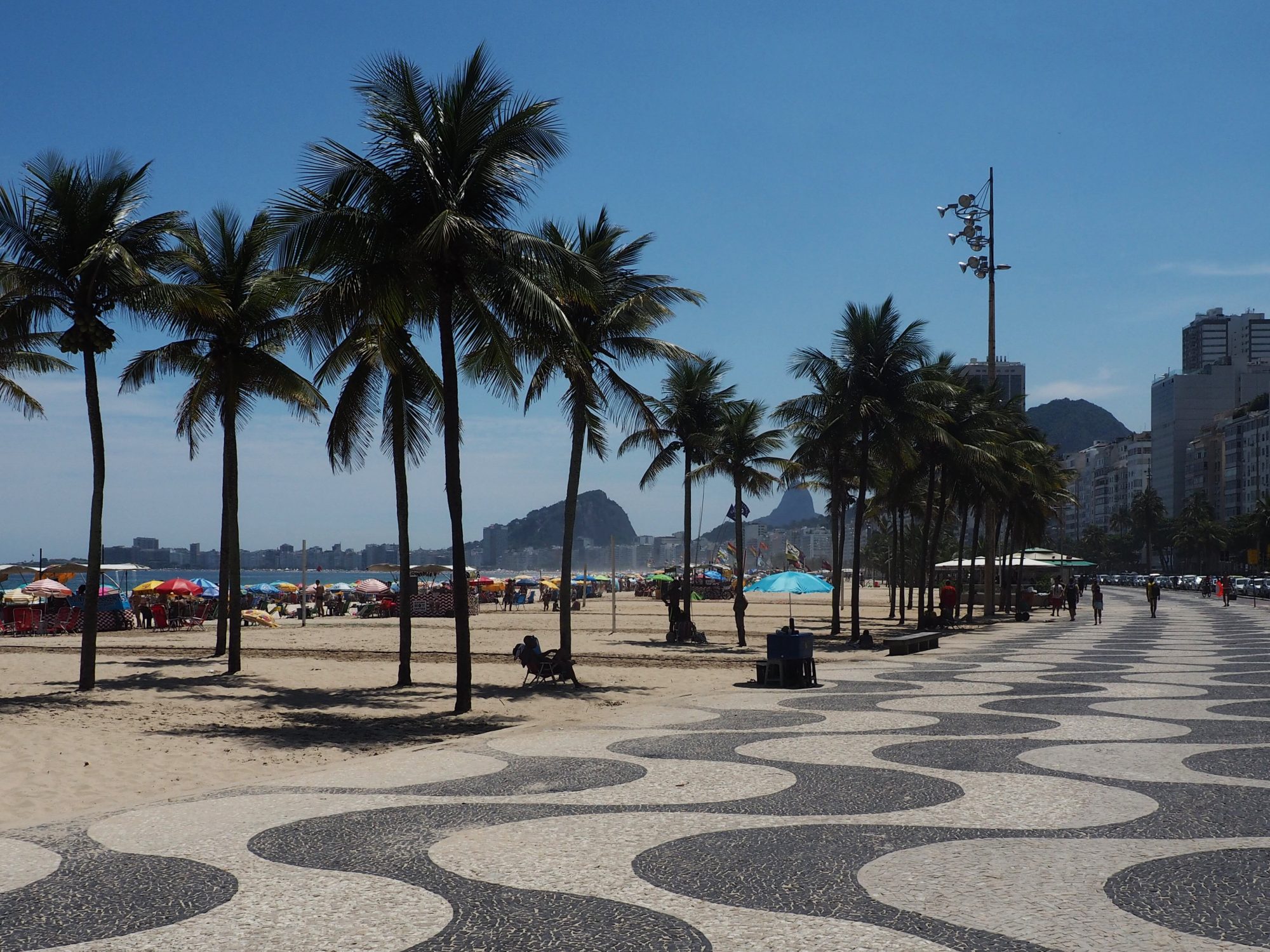When I was a child, I used to play to a video game « Age of Empire ». In it, you have to build a city from zero and begin to conquer the world. But I couldn’t build a single house untill I find the perfect place to install the whole metropolis. I wanted to be next to the see, on a large river with hills and cliffs to protect me. I was looking for Rio de Janeiro’s bay.
In order to appreciate the crazyness of the landscape, I post you the epic scene of the battle between James Bond and Jaws on the Sugarloaf montain cable car :
James Bond : Moonraker, Lewis Gilbert , 1979
Rio is a city full of contrast : the first you see by arriving by airplane is the one between nature and constructed areas.
I never saw a city where the landscape is so present. Many of the neighborhood were built one after each other along the bay and along the Atlantic coast. Close to the historical city center, many of the hills, hard to access because of the relief, stayed natural or hosted some military areas.
The raw nature is not just around the city but take place in many areas between the neighborhood. Because of that you never get lost : you find always elements in the landscape (the Corcovado, the Sugarloaf Mountain, the Atlantique…) to help you to understand where you are.
In the south, the national parc of Tijuca is one of the biggest urban forest in the world. Many other green area from the city center are also protected like the sugarloaf montain or the Morro de Leme were the state tried to regenerate the rainforest. Because of this situation, Rio gives you the opportunity to observe monkeys or birds close to the city center.
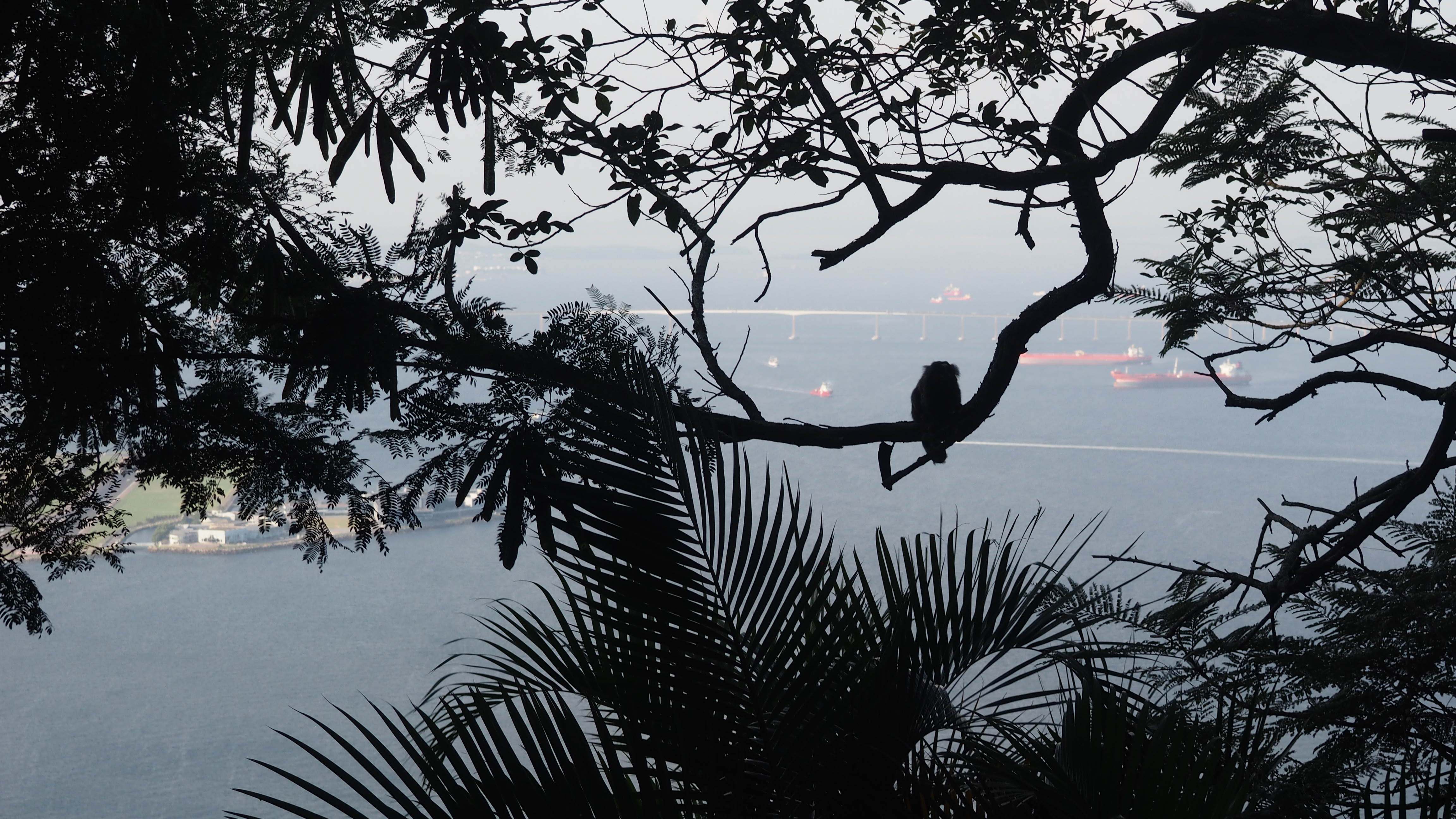
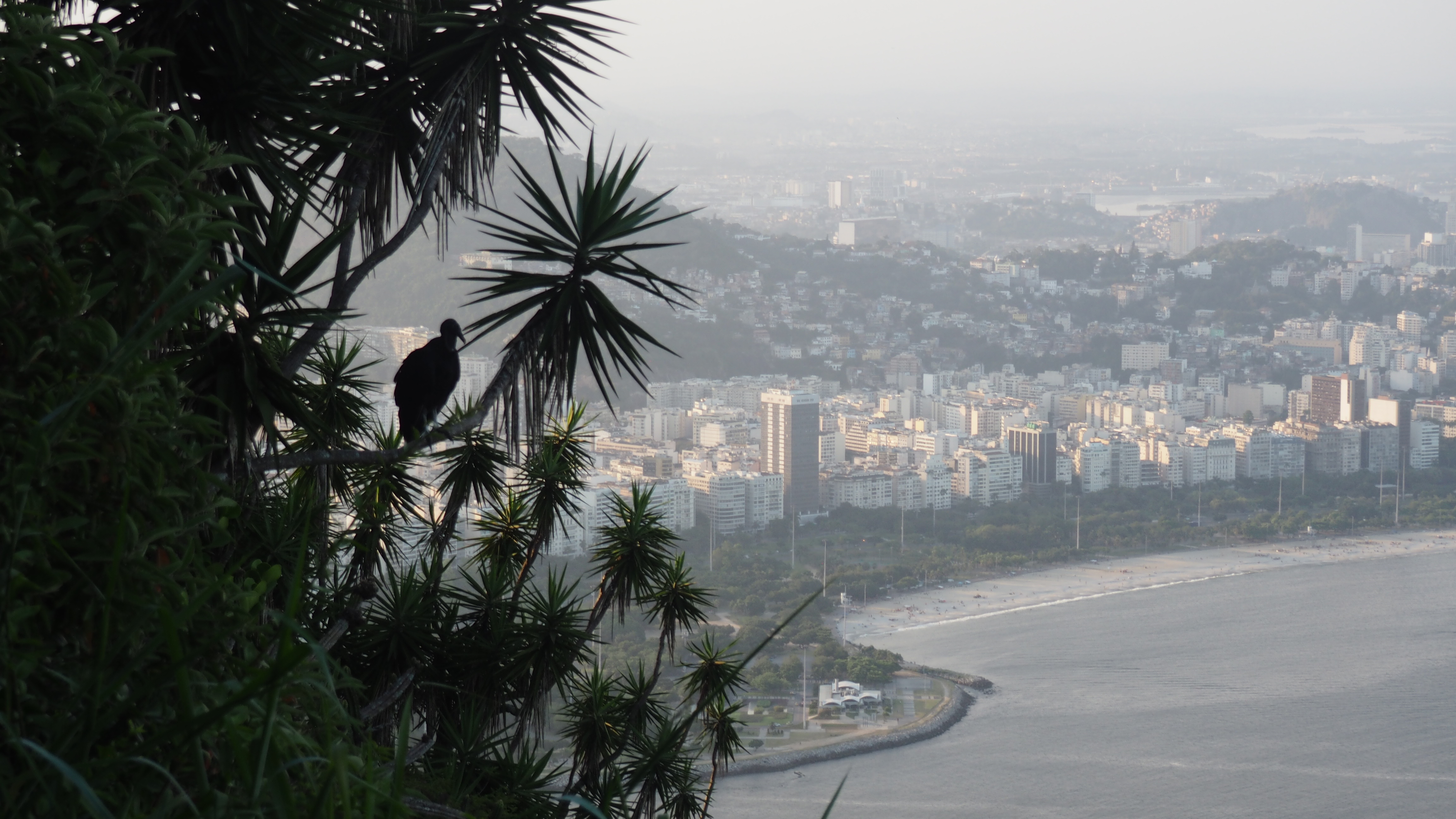
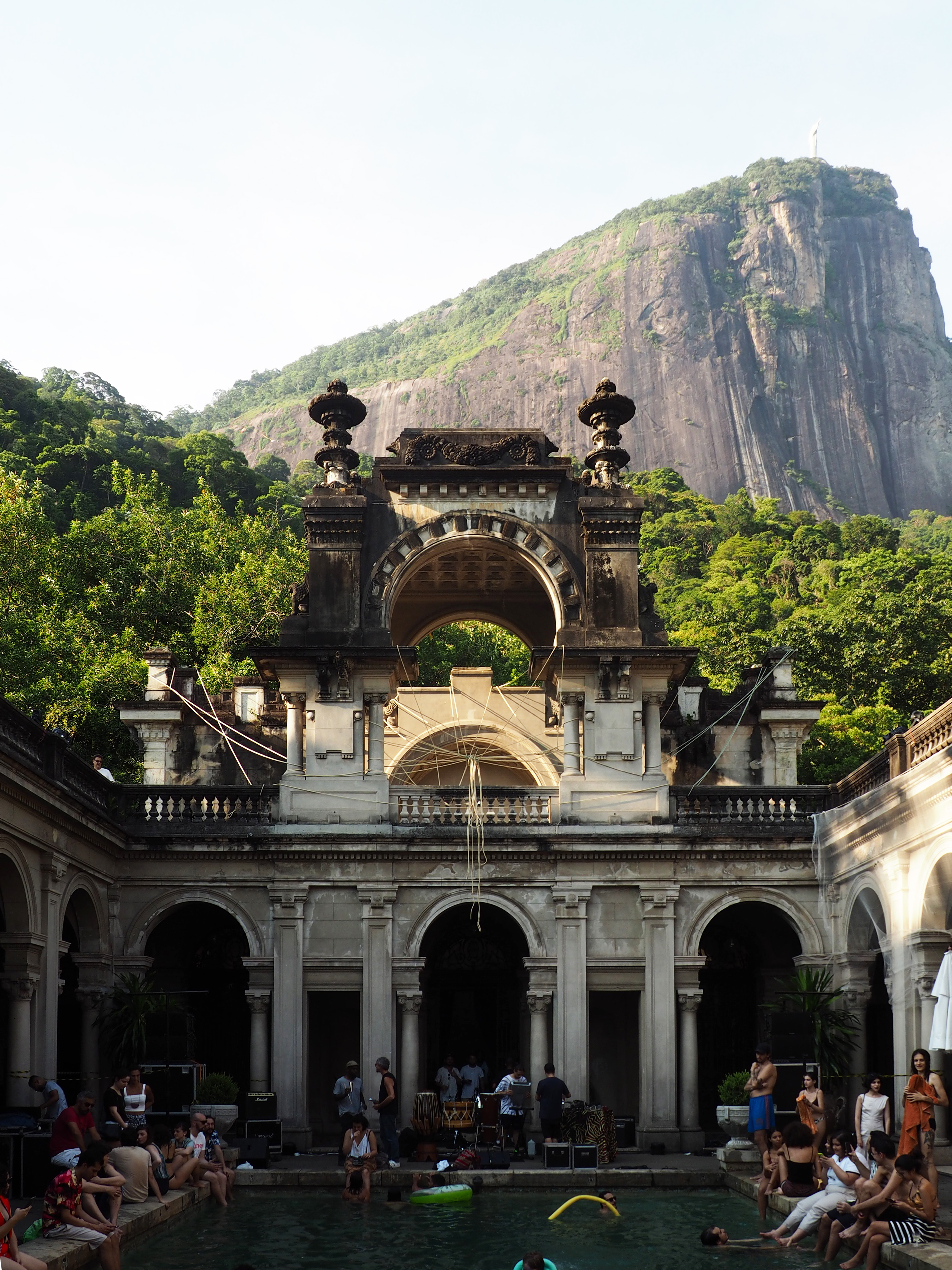
The contrast opperates also in the city where streets seem to be a strange mix of Lisbon and New York. The Centro for example is full of little baroque buildings and the black and white typical paving of portuguese streets. Next to them, some skyscrapers seemed to come directly out of the twenty’s or from my book of modern architecture history.
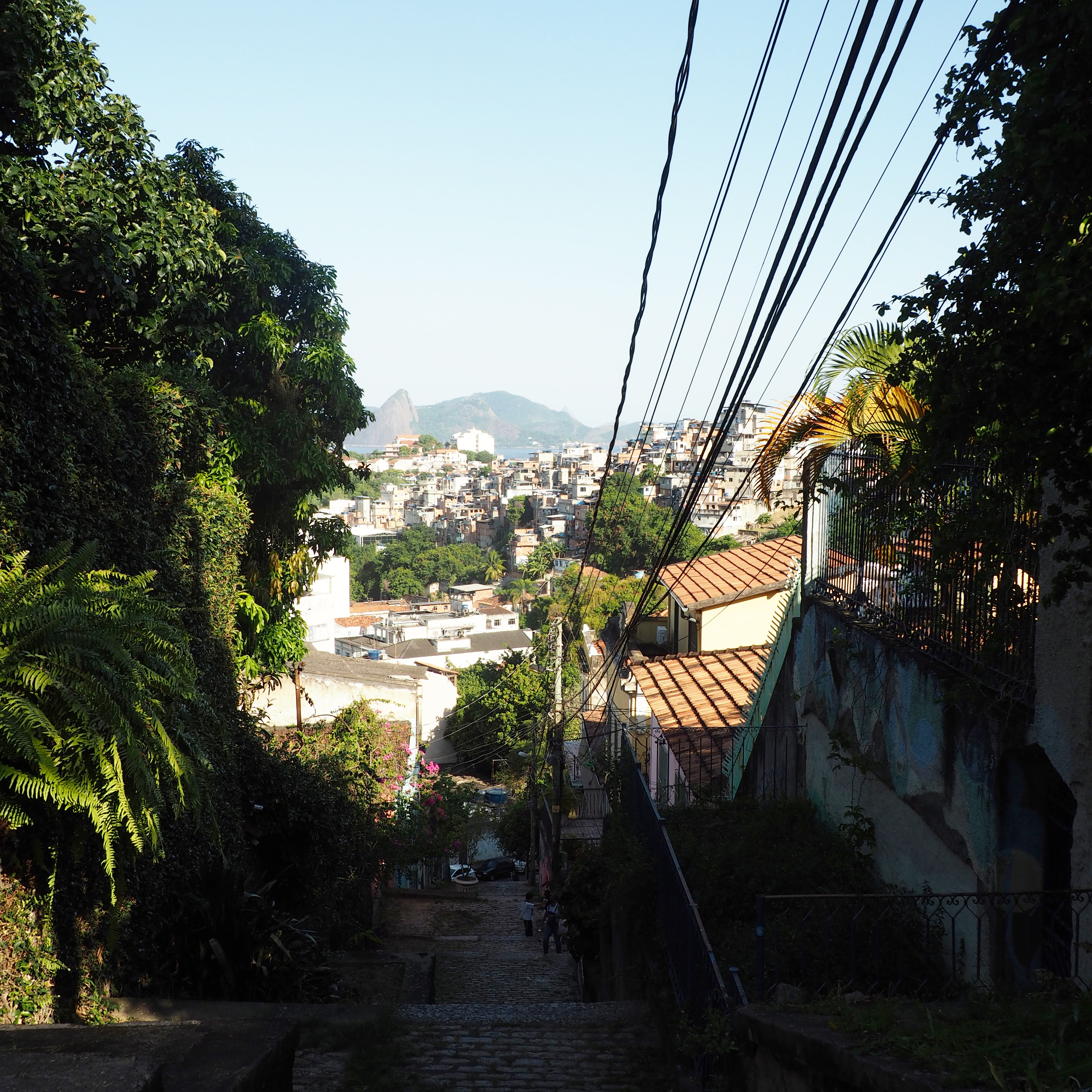
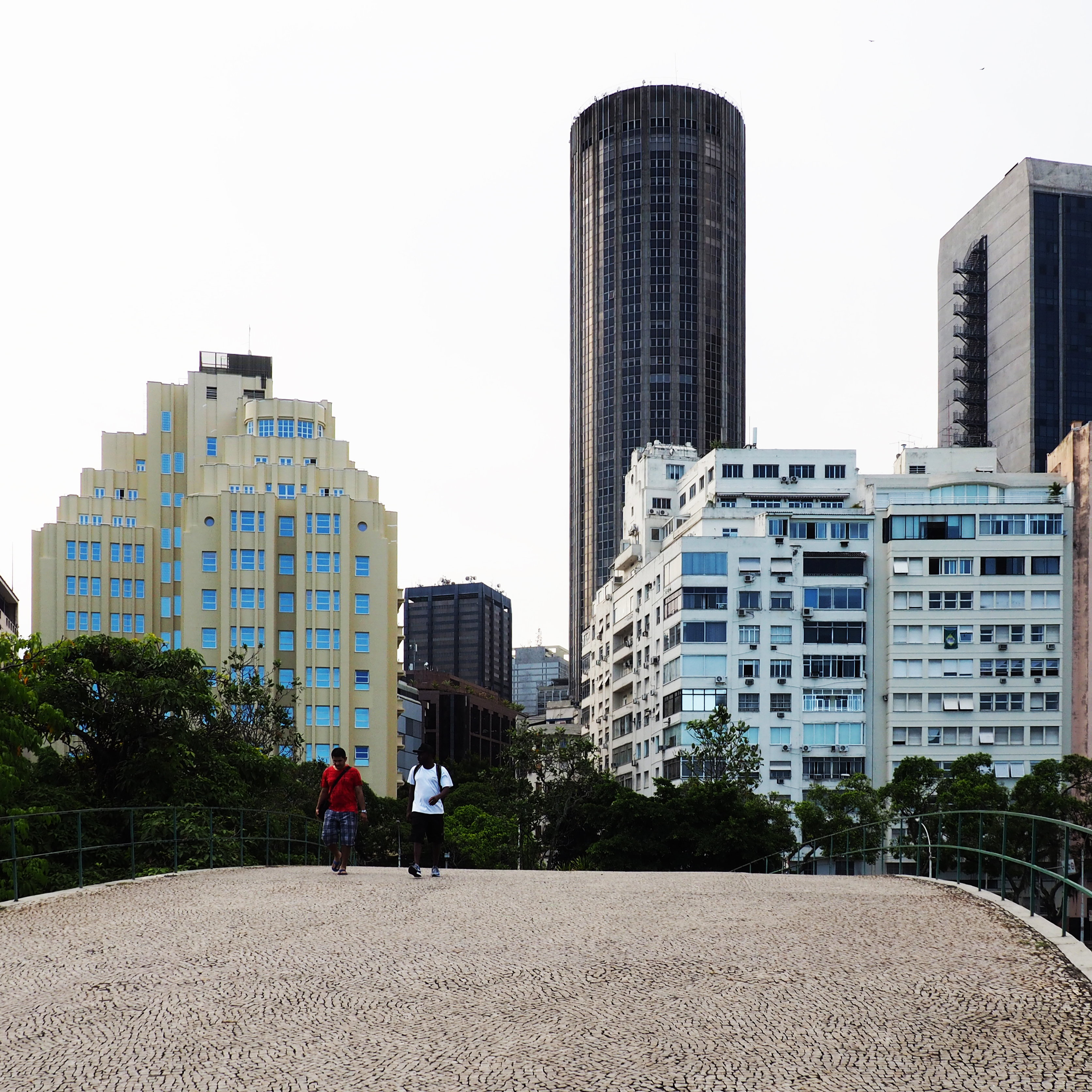
Even stronger maybe, the contrast between the modern city and the favelas. In Rio, more than 20% of the inhabitants live in favelas*, it’s much more than anywhere else in Brasil (). The more you go to the south, the more the neighborhood seem richer. Copacaban, Ipanema or Lebon seemed even “chic”, still « whatever the area, poverty is relegated to the heights, to the « morros », or to the districts far from the center »- a propos, I suggest you the film about the favelas « Cidade de Deus, from Fernando Meirelles and Kàtia Lund.
Althought the life level seems to be the one of a european city in the touristic areas, a lot of people still sleep in the street. Even in the neighborhood where I stayed, Copacabana, in one week already saw 3 pickpockets running purchases by inhabitants or policemen. Rich people lived in some gated communities or in luxury building with gardian.
*Le Routard, Brésil, 2018, Hachette
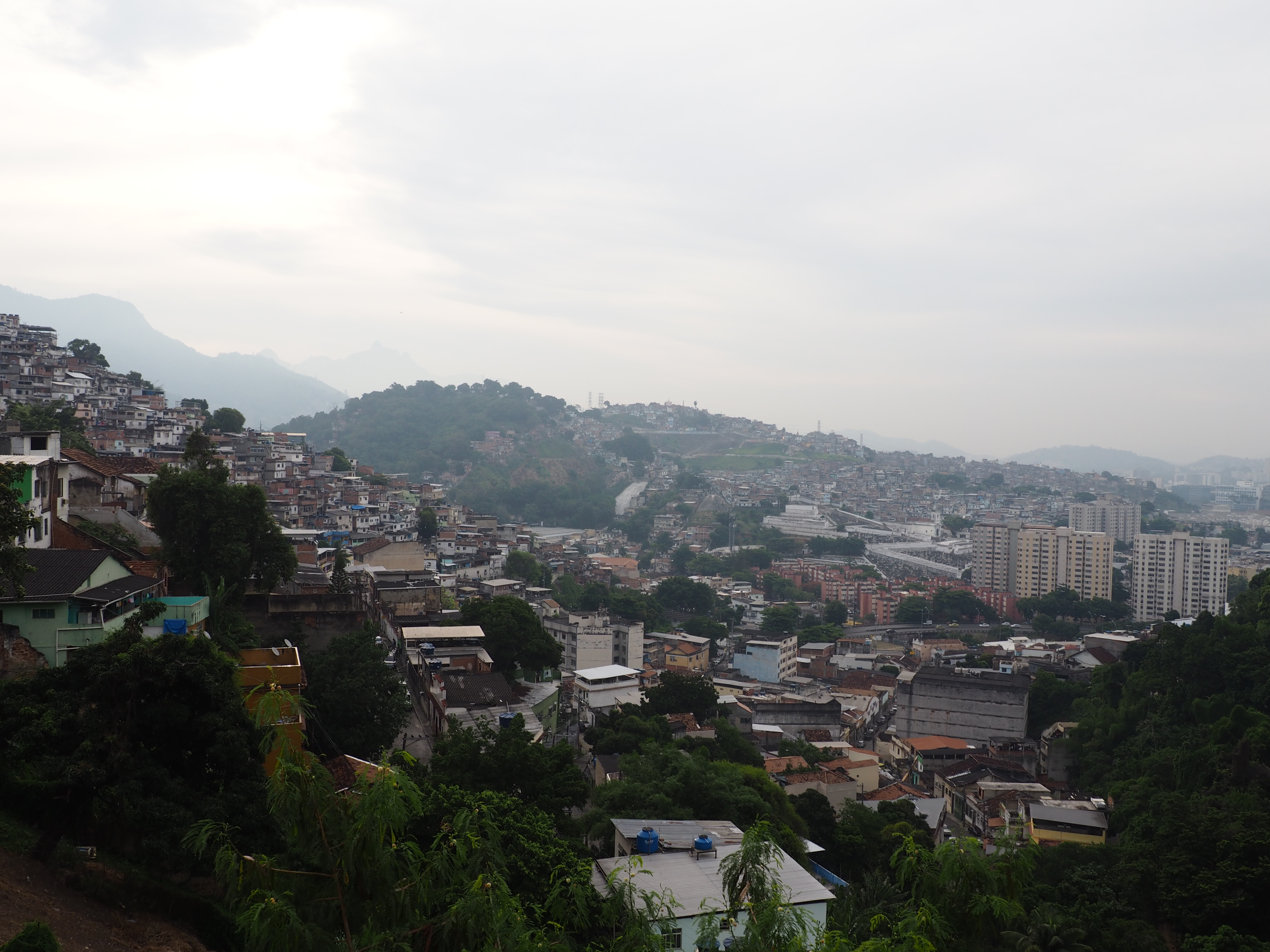
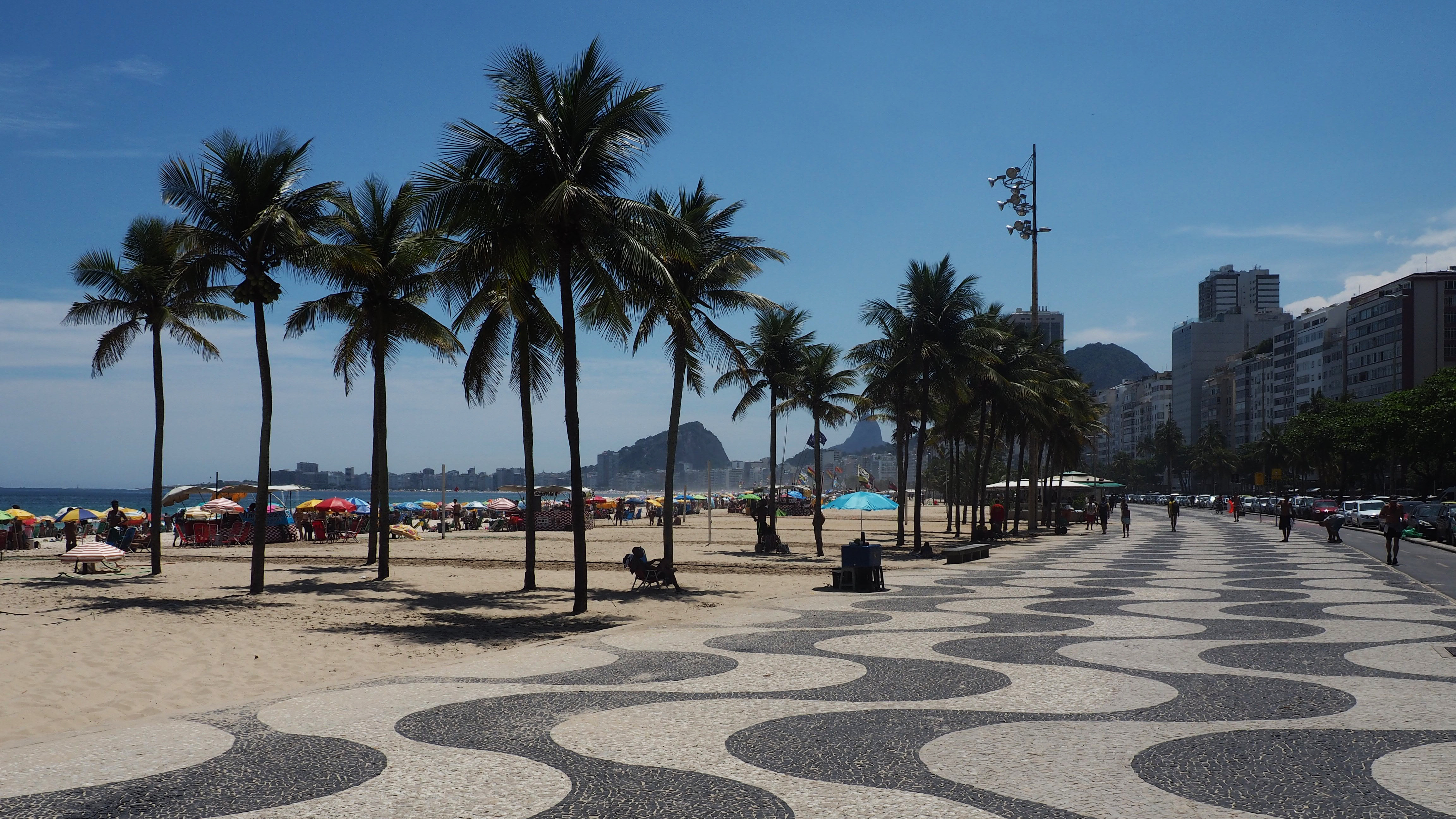
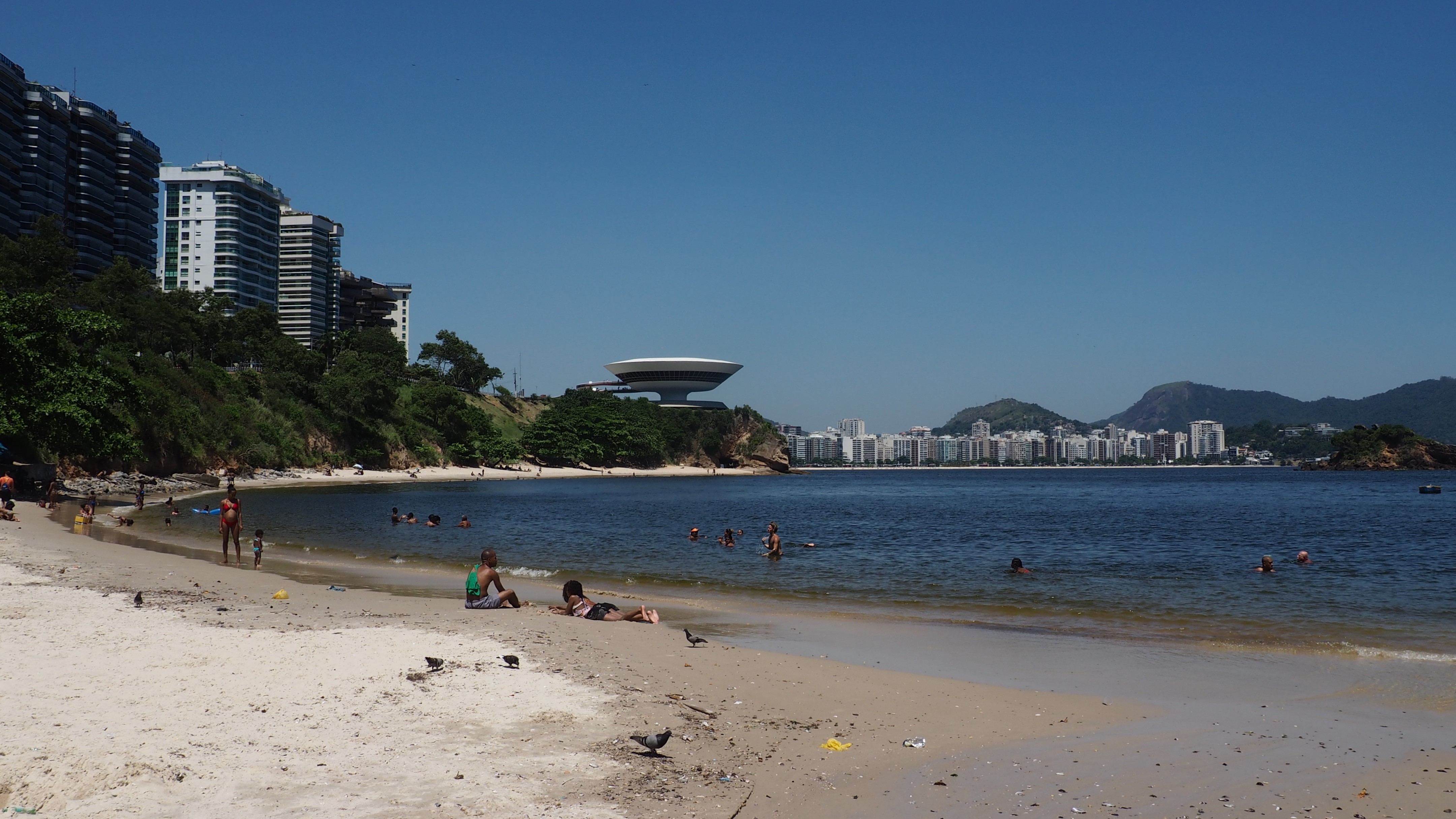
If you want to continue the trip in music, here are some suggestions :
Gaël Faye,Flavia Coelho, Ballade brésilienne : https://www.youtube.com/watch?v=kmyY0a86JDo
Astrud Gilberto, João Gilberto, Stan Getz, The girl from Ipanema : https://www.youtube.com/watch?v=c5QfXjsoNe4
Geoff Muldaur, Brazil : https://www.youtube.com/watch?v=9HtHEgINHO0
